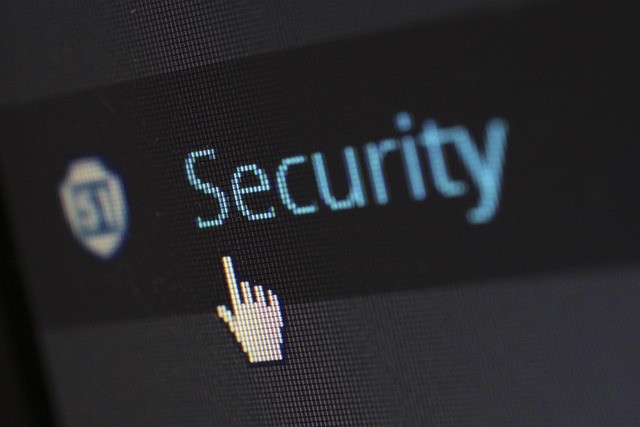Advanced covert camera technology has transformed commercial security by enabling discreet surveillance through hidden, high-tech devices. These cameras, disguised as everyday objects or integrated into furniture, offer motion detection, night vision infrared lighting, and high-resolution video, allowing businesses to monitor activities without attracting attention. While enhancing asset protection, their deployment in public spaces raises ethical and legal concerns regarding privacy rights. Understanding specific needs, environment, camera types (analog vs IP), and placement options is crucial for selecting the right equipment while adhering to regulations, ensuring both effective security and respect for individual privacy.
Uncover the world of hidden and covert cameras, a discrete surveillance powerhouse. This article delves into the evolving technology behind these unassuming devices, exploring their diverse applications in the realm of commercial security cameras. From enhancing business operations to maintaining public safety, we dissect the ethical and legal landscape surrounding their use. Learn how to navigate this space by selecting the perfect equipment tailored to your specific needs, ensuring both effectiveness and adherence to guidelines governing surveillance practices.
Understanding Covert Camera Technology: An Overview
Covert camera technology has advanced significantly, offering solutions for discreet surveillance that were once unimaginable. These hidden cameras are designed to blend into their surroundings, whether it’s a miniature device disguised as a common object or a sophisticated system built into everyday furniture. They utilize a range of features like infrared lighting for night vision, motion sensors, and high-resolution video capabilities.
Commercial security cameras have benefited greatly from these advancements, providing businesses with powerful tools to enhance security and protect assets. Covert cameras can be strategically placed in offices, retail spaces, or industrial facilities to monitor activities without attracting attention. This technology ensures that potential threats or suspicious behavior are captured clearly, offering valuable evidence for security personnel and law enforcement.
Applications of Commercial Security Cameras in Discreet Surveillance
Commercial security cameras have found innovative applications in discreet surveillance, offering advanced capabilities for businesses seeking to protect their assets and operations without drawing attention. These sophisticated devices are designed to blend seamlessly into their surroundings, whether mounted discreetly on ceilings or disguised as everyday objects like light fixtures or fire alarms. With high-definition resolution, infrared technology, and motion detection features, they capture detailed footage around the clock.
The versatility of commercial security cameras enables them to be deployed in various scenarios, from retail stores and offices to warehouses and industrial sites. Their covert nature allows for unannounced inspections, enhancing safety measures while maintaining a low profile. This technology plays a crucial role in preventing theft, detecting intrusions, monitoring employee activities, and ensuring the overall integrity of sensitive environments.
Ethical Considerations and Legal Implications
The use of hidden and covert cameras for discreet surveillance raises significant ethical considerations and legal implications, especially in public spaces. While advocates argue that such devices enhance commercial security cameras’ capabilities to deter crime and ensure safety, opponents contend that they invade privacy and could lead to a society where surveillance is ubiquitous. The balance between security and privacy is delicate; improper use of these cameras can result in severe consequences, including civil liberties violations and loss of trust in authorities.
Legally, the placement and operation of hidden cameras are strictly regulated to protect individual rights. Regulations vary by jurisdiction but generally require clear consent from individuals being surveilled, especially in private settings. Improperly installed or operated commercial security cameras could lead to legal repercussions, including fines and lawsuits for breach of privacy. Therefore, it’s crucial for businesses and individuals deploying such technology to understand and adhere to these legal constraints to avoid unintended legal traps.
Choosing the Right Equipment for Your Needs
When selecting equipment for discreet surveillance, it’s crucial to consider your specific needs and environment. Hidden cameras, also known as covert cameras, come in various types designed for different purposes. For instance, mini CCTV cameras offer unnoticeable placement options while still providing clear footage. On the other hand, wireless hidden cameras provide flexibility, allowing you to position them almost anywhere without the hassle of cables.
Additionally, it’s essential to choose between analog and IP (internet protocol) commercial security cameras. Analog cameras are traditional and cost-effective, suitable for simple surveillance needs. In contrast, IP cameras offer advanced features like remote access, higher resolution, and better night vision, making them ideal for more complex and modern security systems.
Hidden and covert cameras have evolved into powerful tools for discreet surveillance, offering enhanced security in various settings. Commercial security cameras, with their advanced technology, provide solutions for businesses aiming to protect their assets and employees. However, it’s crucial to navigate the ethical landscape and legal boundaries surrounding their use. By understanding the applications and choosing the right equipment, organizations can leverage commercial security cameras effectively while adhering to responsible surveillance practices.
